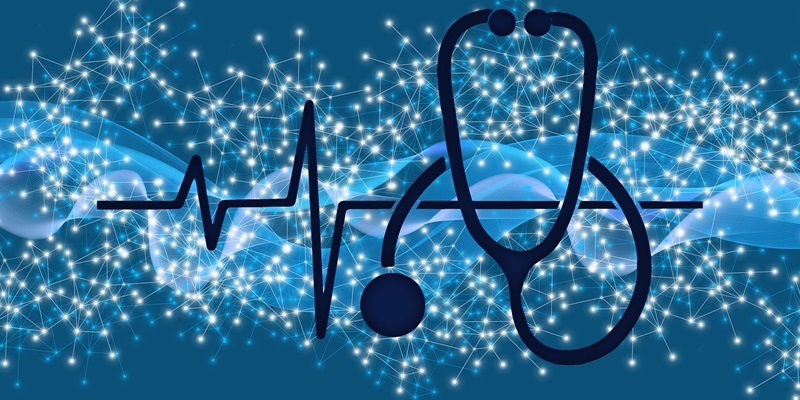The healthcare industry is on the cusp of a significant evolution powered by cloud computing, with projections suggesting that by 2027, spending in this area could exceed $89 billion. This surge in investment underscores the critical advantages that cloud technology brings to healthcare, including better access to data, enhanced patient care, and more efficient administrative workflows. A key aspect of this technological shift is the adoption of Infrastructure as a Service (IaaS), which is essential for transitioning healthcare systems to cloud-based solutions that offer greater reliability and efficiency. The commitment to cloud computing in healthcare signals a future where health data and operations are more seamlessly managed, ultimately leading to improved outcomes for patients and healthcare providers alike.
Enhancing Patient Care and Data Management
Cloud computing in healthcare is empowering providers with the tools necessary to deliver higher quality care. By analyzing massive amounts of unstructured data, physicians and specialists can gain deeper insights into patient health, leading to better diagnostic accuracy and personalized treatment plans. Moreover, natural language processing technologies hosted on the cloud are improving clinical workflows, allowing for quicker and more accurate patient documentation. These innovative solutions not only elevate patient care outcomes but also make healthcare services more responsive and patient-centric.
Another revolutionary aspect of cloud tech in healthcare is the automation of data processing. Healthcare organizations can now manage large volumes of patient data efficiently, ensuring rapid access for care providers when it matters most. Moreover, cloud systems alleviate the reliance on extensive network equipment and IT infrastructure that once were mainstays in healthcare centers. Crucially, cloud providers prioritize protecting the integrity and security of sensitive healthcare information, building trust and compliance in these evolving digital environments.
Accelerating Healthcare Modernization
By 2027, the healthcare sector is on course to embrace cloud technology significantly, with providers looking to create a more integrated and efficient environment. This change is driven by the need to foster better patient interactions, streamline operations, and enhance healthcare delivery. Embracing Infrastructure as a Service (IaaS), which is expected to see an impressive 32% CAGR by 2027, healthcare entities are placing a firm foot in modernization. The shift to cloud-based solutions is not just a technological upgrade but a pivotal transformation in the healthcare continuum, paving the way for enduring improvements in the industry. This strategic move demonstrates the industry’s readiness for a future defined by connectivity, security, and patient-first services, signifying a significant leap in the way healthcare is provided and managed.

